Local councils in England found 1,106 private rented homes with dangerous levels of damp and mould in 2021-22, according to data compiled by campaign group Generation Rent.
As Parliament debates ‘Awaab’s Law’, which would set strict timescales for social landlords to respond to complaints about damp and mould, Generation Rent called on the government to extend these new standards to private landlords.
Furthermore, when councils found unsafe conditions in private rented homes, they took action to protect the tenant from retaliatory eviction in only 24% of cases – leading Generation Rent to reiterate its call to end to Section 21 ‘no fault’ evictions, which can discourage tenants from complaining about problems like mould.
Under the Freedom of Information Act, the campaign group asked 115 councils in England representing just over 3 million private renter households, or 64% of the total private renter population, about their enforcement of housing standards – including mould and damp and other severe ‘Category 1’ hazards. A Category 1 hazard poses a serious and immediate risk to a person’s health and safety.
The 65 councils which reported a breakdown of complaints had received 60,849 complaints about standards in rented housing, including 8,048 complaints about damp and mould – which equates to 13%.
The 69 councils which reported a breakdown of hazards had found 7,695 Category 1 hazards in private rented homes, including 1,106 cases of damp and mould – equalling 14%.
The councils with the highest rate of complaints relating to damp and mould were Wolverhampton (69% of all complaints), Salford (60%), and Swindon (50%).
Councils where damp and mould was the largest type of hazard were Bath (70% of hazards found), Greenwich (58%) and Brent (44%).
When councils find Category 1 hazards, they are supposed to issue the landlord with an improvement notice, which protects tenants from a retaliatory Section 21 eviction, and allows them to claim back rent if their landlord fails to fix the problem.
But while 81 councils identified a total of 9,033 Category 1 hazards, they issued just 2,179 improvement notices, meaning that private tenants had a 24% chance of getting formal protection if their home was found to be unsafe to live in.
The English Housing Survey 2021-22 found that 11% of private rented homes had a damp problem, compared with 2% of owner-occupied homes and 4% of social rented homes.
The government has committed to abolishing Section 21 and requiring landlords who wish to evict to provide legitimate grounds for eviction. Landlords will also have to join a new ombudsman and meet a Decent Homes Standard. Ministers have promised the Renters Reform Bill when parliamentary time allows.
Generation Rent is calling on the government to go further by extending Awaab’s Law to the private sector.
Alicia Kennedy, Director of Generation Rent, said: ‘Too many renters are living in homes with dangerous levels of damp and mould, which can cause respiratory diseases and damage personal possessions. The government needs to take the issue of mould and damp in privately rented homes far more seriously.
‘Landlords, whether they are huge housing associations, or an individual letting out their former home, have one job: to provide their tenants with a safe home. Too many try to dodge their responsibilities by blaming tenants or serving a no-fault eviction notice.
‘Without action to protect tenants in their homes and hold landlords in both sectors accountable for the safety of their properties, thousands of people will continue to live in homes that are making them ill.’
Image: Liam Riby







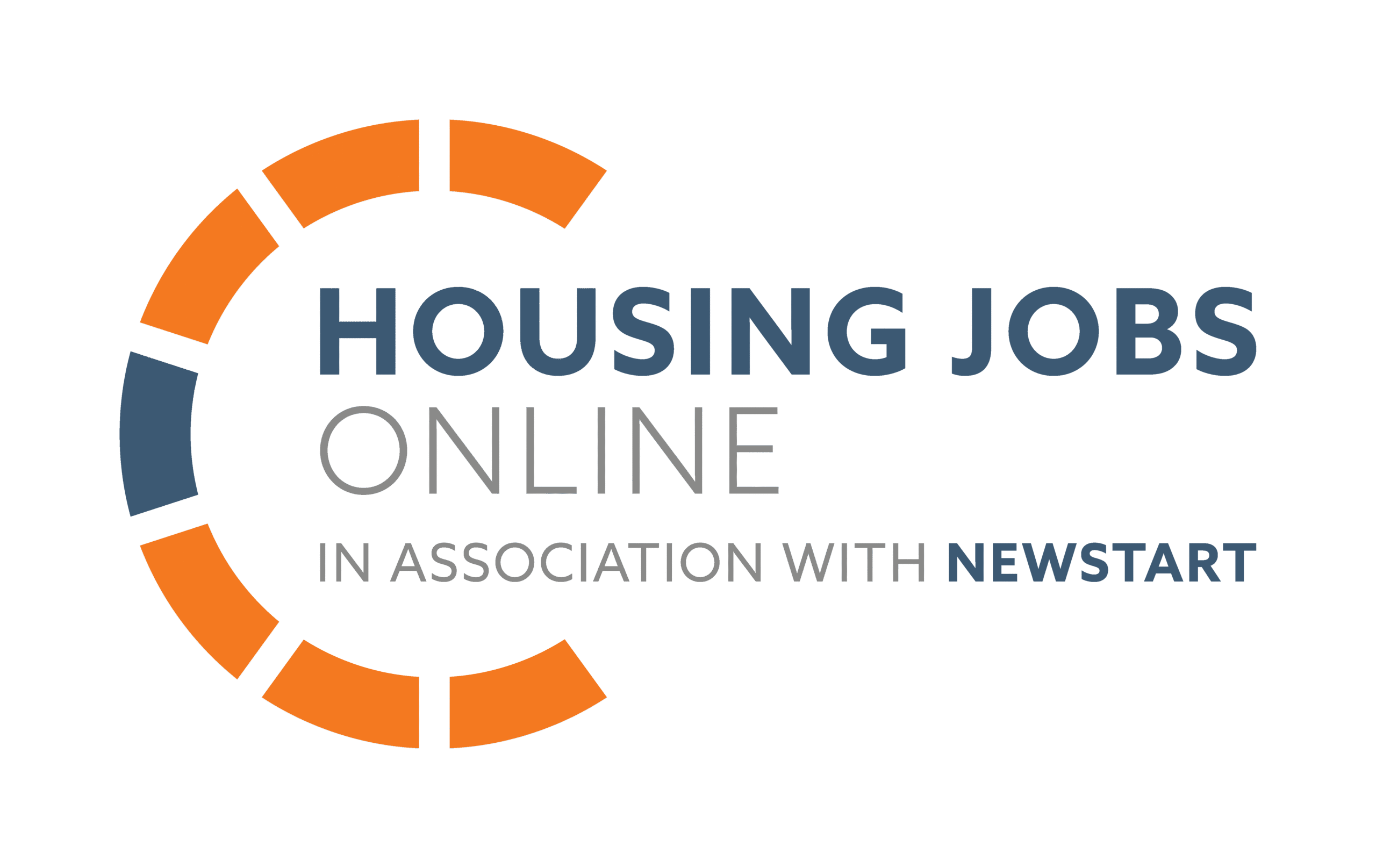


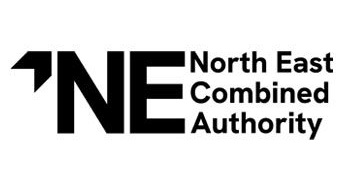
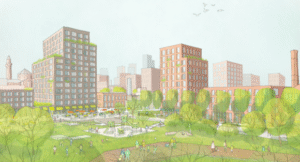
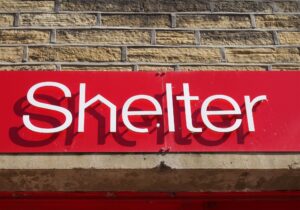
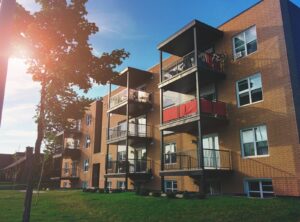


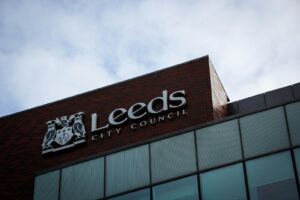
Leave a Reply